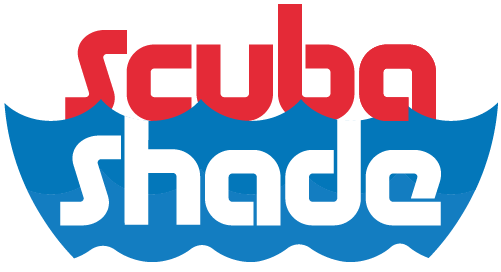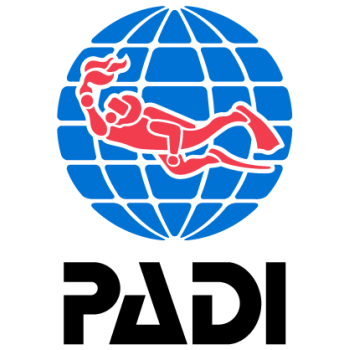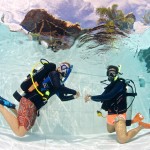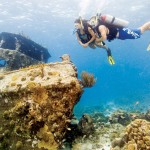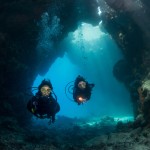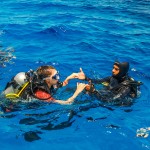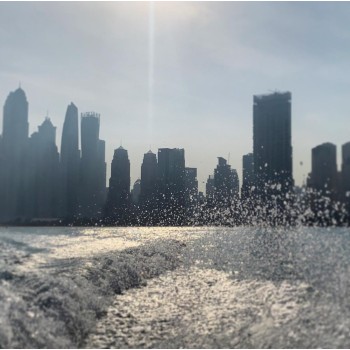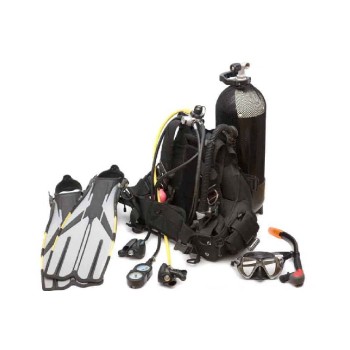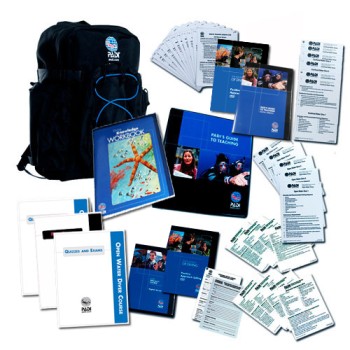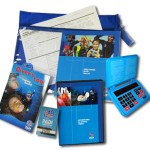Khasab is a city in Oman bordering the United Arab Emirates. It is the local capital of the Musandam peninsula. Diving in Khasab is a welcome addition to any diver’s log book. There are many sites however, more sheltered and less deep, that also welcome beginners.
Depth: 10m
Difficulty: Open Water Divers
A sheltered site that offers divers a chance to practice their wreck penetration skills.
This was a landing craft that specialized in carrying water to the villages that weren't able to receive water by road. The vessel was one of a fleet of three boats, each named after one of the villages they frequented with their essential load. The hull of The Musandam split with age, and it was decided that the vessel would be decommissioned. There was also a light aircraft that had been at Khasab Airport for about two years and the decision was made to load the plane onto the landing craft and take them out to sea to be sunk.
Marine life
As the wreck has been here for several years, you'll see many shells and a variety of hard corals on it; primarily brain and stag horn corals encrusted around anything they can find, such as the wreck's surfaces, along ropes, and clinging to the metal. As Khasab isn't dived as much as other UAE sites, the fish appear to be quite unconcerned about divers and will swim almost into your face and regulator. Yellow snappers are always in abundance, especially in and around the landing ramp area. You're also likely to spot a couple of clownfish and anemone colonies
Depth: 6 - 40m
Difficulty: Open Water Divers
One of the larger islands in the Strait of Hormuz. The steep rocky cliffs drop down to a coral-covered shelf at 6m and continue on down to a wide shelf at 25 to 30m before dropping on to the shelving sand at 40m. On the north side is a wreck of a small fibreglass boat, and several species of shark are regularly seen here. The eastern side is a carpet of soft coral, descending all the way to the sea floor. Best dived on slack tides due to the power of the current
Depth: 16 - 50m+
Difficulty: Advanced Divers
This spectacular site is named after a bulk carrier that sank upon striking the rock. The rock, which is quite difficult to find - and to dive - is located in the main shipping channel where the currents can be fearsome, but the experience is well worth the effort. The rock peak rises very steeply from the deep to a sharp point at 16m below the surface. We use a grappling hook on a shot line to get down to the rock, which glows out of the dark greenish-blue as you dive towards it. The first things you'll see are the huge pelagic such as trevally and jacks that patrol the rock, and then myriad bright corals. The fish here are completely unafraid of divers and allow you to get very close. Remember not to try and touch any marine life, and keep your bearings at all times in the strong current.
Depth: 6 - 50m
Difficulty: Open Water Divers
Fanaku Island is the middle of three islands in the center of the Strait of Hormuz. It consists of sparsely covered rock walls that descend in terraces on the eastern side, and on the western side there are lovely areas with vibrant colored soft corals. The currents can be very strong here and the island doesn't offer any shelter. This means that only the smallest and strongest of marine growth survives. This is shark, jack and tuna territory and they can be seen on most dives. Zebra sharks are common here between March and October.
Depth: 16 - 50m+
Difficulty: Open Water Divers
The largest of three islands, Great Quion offers protection from currents. The island's west side consists of gradually shelving rock, coral and sand. From the northern point of the island, a submerged and narrow rocky ridge runs north east about 20m below the surface. Extending to 900m, this ridge drops very steeply to the west and is a hunting ground for sharks, trevally and jacks. On the south eastern side, an underwater ridge runs in a southerly direction from 11m down to 30m+. Zebra sharks, rays, barracuda, trevally, milkfish and beautiful soft corals proliferate. This site may only be attempted by divers with extensive drift diving experience and those who are proficient in SMB deployment.
Depth: 6 - 20m
Difficulty: Open Water Divers
This rock pinnacle has a shallow side of large coral-covered boulders and patches of sand. Easiest is to start at the rock and swim back to the coast. You'll see huge shoals of reef fish, lots of coral and rays and sharks. If you start from the east side, following the wall and patch of sand, you'll find the wreck of a dhow. Following the wall further can take you very deep and you should not proceed unless you're trained in technical diving. This colorful site is good for snorkeling, too.
Depth: 16 -40m
Difficulty: Open Water Divers
The deeper north side of this island is dived from the headland in the east into the bays, and along the north west headland. Steep cliffs and rocks run sharply down into the sea to a coral covered shelf 6m deep. The boulder and coral slope steps down to a wide shelf at 25 to 30m, then drops on to the shelving sand at 40m. You'll see lots of reef fish here and perhaps even the occasional shark.
Depth: 6 - 50m
Difficulty: Open Water Divers
When the currents are strong and the sea is a little rough, this headland and bay offer calm water and superb diving. At the point of the headland to the east, the cliff wall drops straight down to a depth of 50m. If you follow this wall into the northern bay, it gradually becomes a very pretty gentle coral garden slope, where a frenzy of reef fish feed. Sharks and schools of eagle rays may be seen rounding the headland. Technical divers drop to 50m where you can see tiger and lemon sharks, as well as the occasional hammerhead.
Depth: 6 - 40m
Difficulty: Open Water Divers
A popular site, but with strong downward currents, so you should only dive with a guide who knows the site well. The island's rock walls drop straight down to a shelf at 6m, then descend in steep steps to more than 50m. One cave extends through the island and is nicknamed the 'washing machine' - for obvious reasons! The walls are characterized by gullies, holes and small shelves filled with hard and soft corals. There are large shoals of fish, plus rays, barracuda and sometimes, whale sharks.
Depth: 5-25m
Difficulty: Open Water Divers
Inside Sheesa Bay between Red and Black Islands, the reef is flat-topped with sloping walls and an underwater ridge on the eastern side. There's an abundance of marine life including: fusiliers, barracuda, jacks, parrot fish, kingfish, stingrays, scorpionfish, batfish, damselfish and honeycomb eels. It's best dived on a slack high tide. You'll need a GPS or landmark triangulation to find it.
Depth: 5 - 25m
Difficulty: Open Water Divers
Also inside Sheesa Bay, this is a sloping wall full of soft corals with barracuda, eagle rays, porcupinefish, jacks, stingrays, turtles, and sometimes leopard and white tip sharks. Enter at 4m, gradually descending to the corner, but be aware of current. There are some great coral pinnacles in the area too.
Depth: 5 - 25m
Difficulty: Open Water Divers
Ras Arous is also inside Sheesa Bay and comprises a beautiful slope with lots of soft corals. This area is similar to Ras Alull with lots of fusiliers, jacks, stingrays, turtles and eagle rays. It's a sheltered site and so is suitable for all levels of experience. If you've been diving elsewhere in the vicinity this makes for an excellent third dive of the day, or night dive if on an overnight safari. It is a sheltered site and the colourful corals give you the impression of diving in a garden. It 's more of a macro dive with lots of small critters to be found. Visibility is usually between 5 and 15m.
Depth: 10 - 35m
Difficulty: Open Water Divers
This narrow rock promontory jolts out into the sea for more than a kilometer, and lies diagonally across north and south running currents. If the current is strong on one side it is sheltered on the other. It's best dived on a low tide, 200 to 300m from the point, and you start in about 16m of water. The terrain consists of cliff walls, boulders and coral at about 30m. You'll see sunfish, whale sharks, eels, wrasse, parrotfish, tuna and big-eye trevally. Drop in with your left shoulder to the reef and dive towards the eastern point. There is a sump in the middle of the dive; be careful here as the current creates a whirlpool effect.
Depth: 20 - 25m
Difficulty: Advanced Divers
The flipside of Ras Khaysah South, Ras Khaysah North is at the entry into Sheesa Bay. You'll find a gently sloping decorative coral wall, which descends down to a sandy bottom. Marine residents here include: cow tail rays, whip gobies, parrotfish, lionfish, snapper and angelfish. At the deepest point, around the headland, you can find rays, and trevally hunting in the current. This site covers a large area, and it's sheltered, so it's a great option for diving when the currents are strong elsewhere. It's in shade in the morning, and well-lit by the afternoon.
Depth: 6 - 50m
Difficulty: Open Water Divers
This dive site is on the northernmost point of Jazirat Musandam, which is one of the largest islands in the area. The northern coast features high sheer cliffs that drop straight down into the sea to a narrow ledge at 6m, and then down to a wider shelf at 25 to 30m before reaching the shelving sand at 50m. Strong up and down currents make for an excellent drift dive for experienced divers. Sharks, dolphins, whale sharks, eagle rays, devil rays, giant trevallies and king barracudas are seen here. Enter from the south east and you can go with the current and swim along the reef which will be on your left side.
Depth: 6 - 30m
Difficulty: Open Water Divers
This dive site extends from the easterly point of the peninsula, where the rocky bottom slopes down to the sand at 30m, to the south. The area is a carpet of velvety coral with the occasional rock or boulder sticking out. It's a stunning underwater garden, and it 's worth searching the crevices to find smaller marine life hiding away. Further south, the coral is not as abundant and the slope down to the sand is more gradual, with patches of sand starting at 10m. Rays and white tip reef sharks are often seen cruising around here.
Depth: 6 - 50m
Difficulty: Open Water Divers
This seamount or submarine mountain can be seen just below the surface of the water at 6m. The top of the mount is covered with soft corals. Several gullies cut into the top of the rock and the sides step down in terraces to a depth of over 50m. On the west side of the mount, you'll find a trail of debris, consisting of cargo (including calculators) from a wrecked dhow that lies at 40m. Several types of shark can be seen here gliding up out of the depths or just circling the seamount.
Depth: 6 - 50m
Difficulty: Open Water Divers
White Rock is a small island 500m to the north east of the Ras Khaysah promontory. The rocky sides of the island drop steeply down to depths of more than 50m. It's a small island and can easily be circumnavigated in a dive, and snorkelers will enjoy it too. The sides are characterized by small shelves and fissures. Patches of coral nestle in these clefts and cracks and the smaller marine creatures cling to the shelter they find here. There are always large shoals of fish patrolling the island's outer boundaries. There's more marine life on the northern sides as opposed to the south side. This is a great site to dive if you have access to a DPV (Diver Propulsion Vehicle).
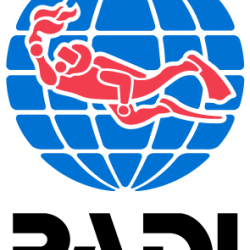
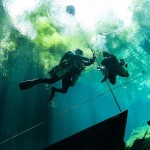
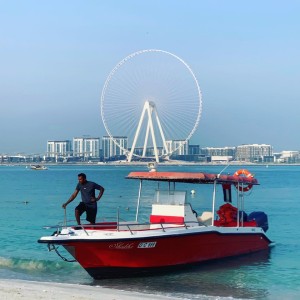
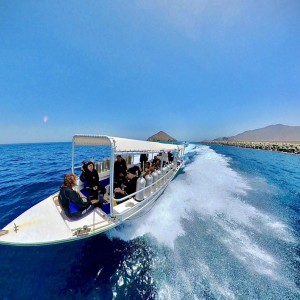
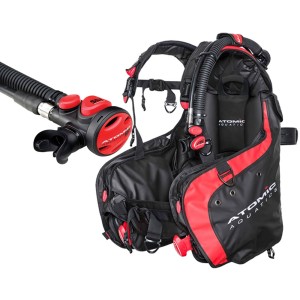
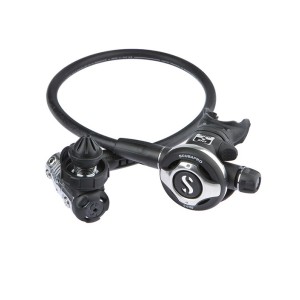
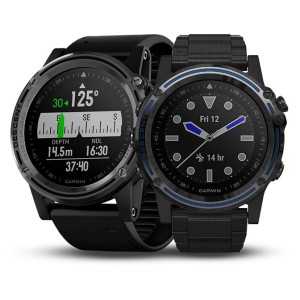
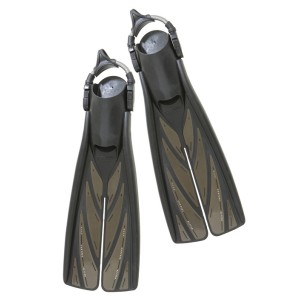
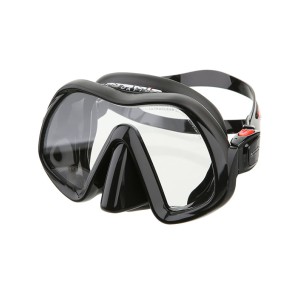
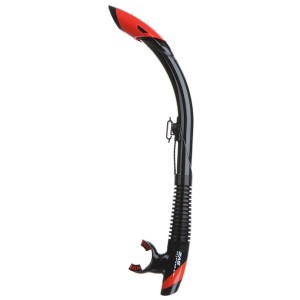
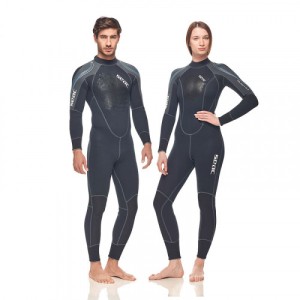
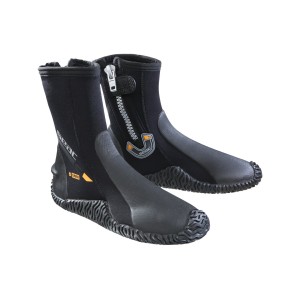
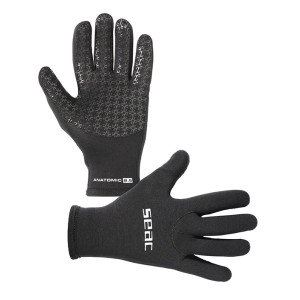
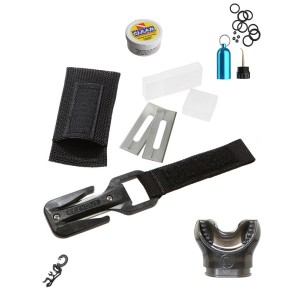

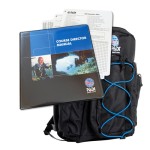



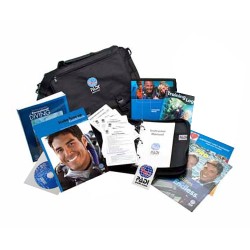
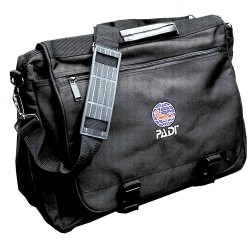
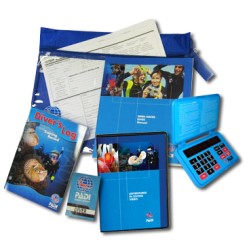
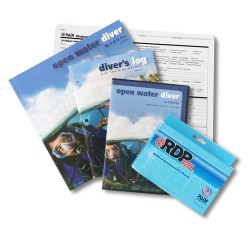
-870x812-250x250w.jpg)
-870x812-250x250w.jpg)
-870x812-250x250w.jpg)
-870x812-250x250w.jpg)
-870x812-250x250w.jpg)
-870x812-250x250w.jpg)
-870x812-250x250w.jpg)
-870x812-250x250w.jpg)
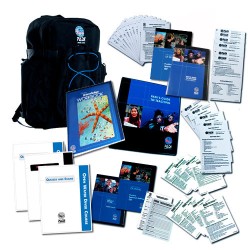

-870x812-250x250w.jpg)
-870x812-250x250w.jpg)
-870x812-250x250w.jpg)
-870x812-250x250w.jpg)
-870x812-250x250w.jpg)
-870x812-250x250w.jpg)
